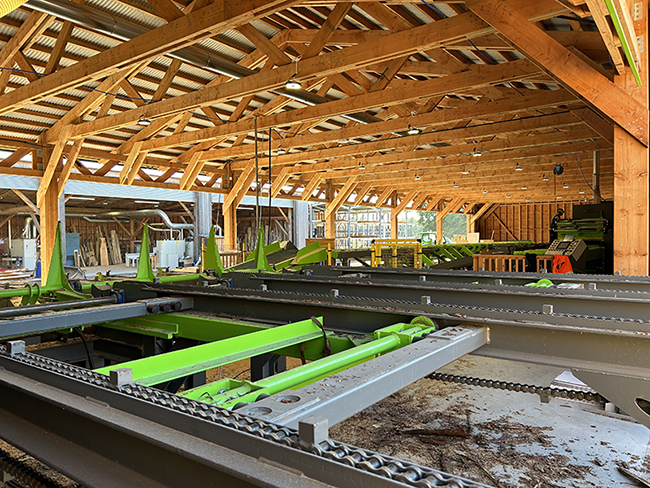
SOLAR entrepreneurs and climate campaigners Dr Jeremy Leggett and Paddy Padmanathan have backed Inverness-based MAKAR Timber Engineering (MTE), a new company that aims to help drive a new era of net zero buildings.
MTE’s timber-based commercial buildings – made from locally sourced natural materials – are described as the ‘radical shift’ required to help meet environmental goals.
Having presided over the rise of the solar renewable energy industry, both Dr Leggett and Mr Padmanathan hope their investments are a signal to other companies, councils and the government that a huge ‘step change’ is required within the construction industry.
Neil Sutherland, founder and director of MTE, said, “it is deeply frustrating to watch organisations, both public and private, continue to mindlessly commission such unnecessarily carbon intensive builds, in the middle of a climate crisis. Continuing to build these concrete and steel structures is an act of unnecessary suicide.
“The places we construct are both pragmatic and symbolic of our lives and relationship to the world. MTE’s focus is on net zero buildings will lead to an acceleration in the delivery of a built environment that is far more appropriate for the challenges and opportunities of the twenty first century.”
Dr Jeremy Leggett has said, “It’s time for timber. We are now seeing how cutting corners and taking a short term view of our built environment can cause our buildings to fail us. Using the UK’s natural timber resource, MTE can deliver equally fit for purpose if not better net zero and even carbon negative buildings with long life spans, all while stimulating the rural economy through short supply chains. It’s a win-win.”
Paddy Padmanathan has said of his investment, “In the four years since the Scottish Government declared a Climate and Biodiversity Emergency, we have all moved far too slowly towards a Just Transition. While we are shifting towards renewable energy this is only half the picture. We must reduce both our operational carbon requirements and the embodied carbon within our built environment. It is the only sane choice we have.”








